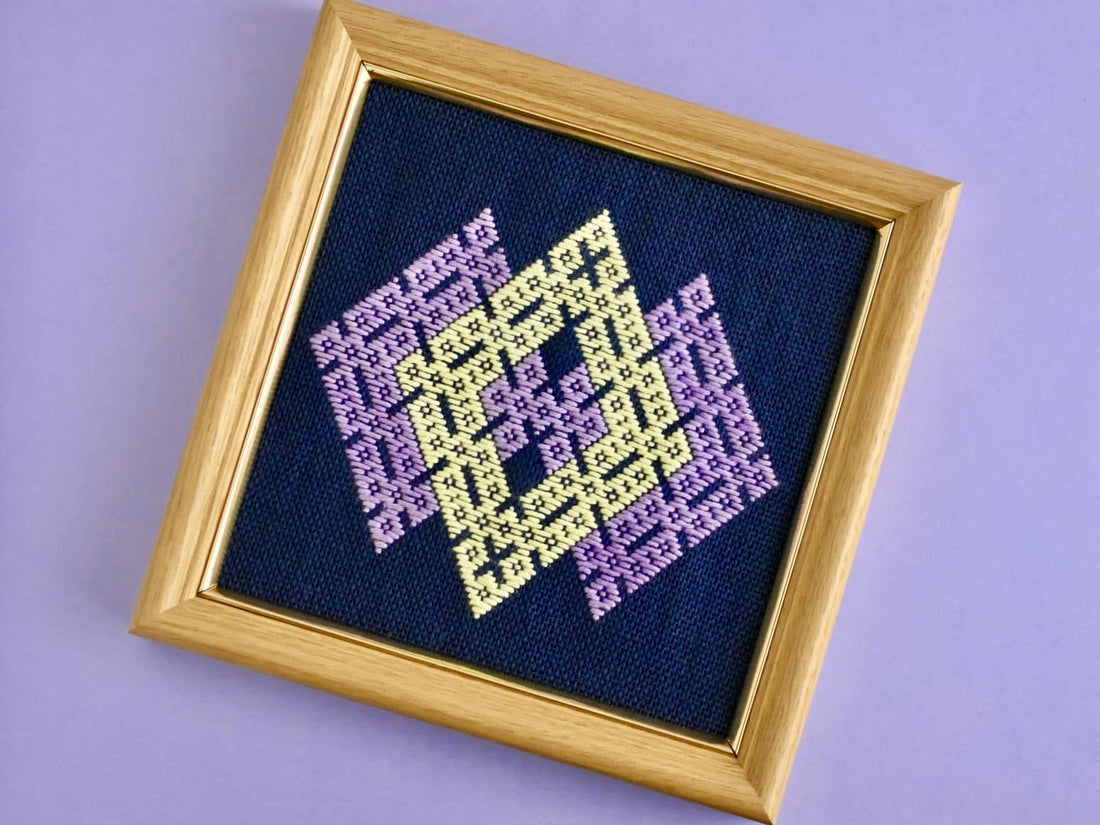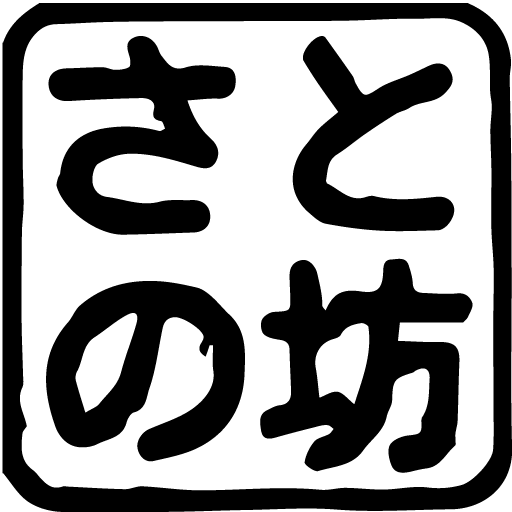
Kogin sashimi kit 10
◆Skill up kit 10
This is the last kit for beginners. Kit 9 is an applied design of Kit 8 , and Kit 10 is a concise introduction to the fun of Koginzashi modoko (basic pattern). The material is Kogin Duel made of linen cloth, and the thread is Kogin thread made by Handiwork Fan or indigo dyed thread from Hakkoda Ai.
We are expanding this kit further and creating book covers. I would like to introduce this again.

The difficulty level is 4, and it is the most difficult pattern in the skill up kit. However, if you have enjoyed the kit from Kit 1 onwards, I think you will be able to enjoy it as long as you try a little harder and be conscious of the perspective from which you perceive the design , as it is a condensed version of what you have experienced so far. For this design, I was wondering how else I could express Modoko, which has been the centerpiece of the design since Kit 8. This is a design I made by playing with. I matched the edges at the top , but I guess many Koginzashi patterns are created by chance! It was a wonderful moment to experience.
Stitching with one color of thread, as shown in the photo above, creates an interesting atmosphere in which the emphasis is placed on the center, unlike works with multiple colors.
◆Material introduction
Tsugaru Kobosha Kogin Dwell (Azabu)
The pattern will be vertical. Because the glue is firmly attached, there is little fuzz, and the presence of the thread is clearly felt. Please note that the color range has changed. When stitching, we say that plucking the weaving thread like the strings of a stringed instrument will make the stitching easier, but we also recommend that you lift the weaving thread as you proceed.
Handmade fan hand-dyed kogin thread (multi-colored works)
The moderate color development shows its charm when matching opposite colors. The fact that the thread colors do not fight is a great blessing for people who want to have fun in a colorful way.
Atelier CANOE Hakkoda Ai dyed thread (8 strands)
He is a leather craftsman and also makes indigo dyed works. I bought it at Tsudureya's shop. This may be a characteristic of indigo dyed thread, but I think the thread is squeaky and difficult to embroider smoothly like other threads. Also, as the twist of the thread becomes softer, parts of the inside that are not deep in color will come out and the flavor will increase. We hope you will enjoy the characteristics of the thread other than its color. By the way, when you finish pricking your finger, it turns a fine indigo color, which is interesting.

⚪︎Pursue a single modoko (basic pattern) ⚪︎Experience connecting patterns and matching the edges ⚪︎Enjoying color combinations⚪︎Learning the characteristics of Kogin Dwell ⚪︎Learning the characteristics of Hakkoda indigo-dyed thread or handmade fan kogin thread⚪︎Ironing ⚪︎Know the joy of seeing it every day when you hang it in your room ⚪︎Enjoy the impression of putting a diamond-shaped Koginzashi work in a round embroidery frame⚪︎(Please feel free to add your own experience) )
◆Koginzashi Kit 10 Sales link
▶️SHOP
Please continue to enjoy your fun Kogin time.

Satonobou
